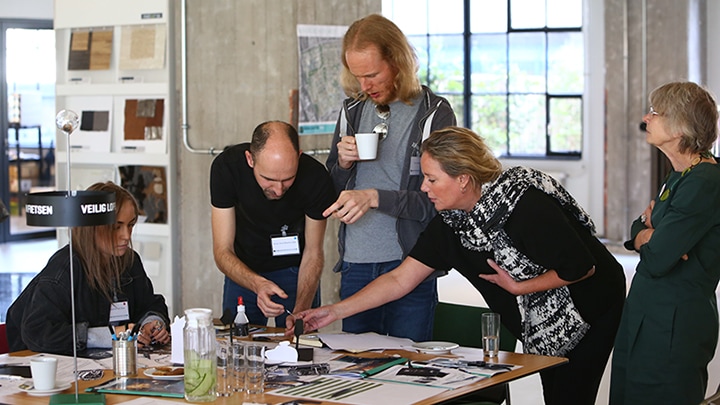


Furthermore, the new connected lighting systems are scalable and flexible to be able to match long term needs with fast paced technological change. However, implementing these systems requires the right type of investment and deployment strategy. Additionally, existing city infrastructure is often already overloaded, and piling new technology on top of the old is not a sustainable approach. The truth is that connected systems that make use of cellular technology are economical and because they are self-contained and do not burden existing systems.
Smart Lighting (cellular based connected lighting systems check all the boxes for infrastructure upgrades that make financial and long-term planning sense.
Consider this:
For more information or to discuss your city’s needs, contact: Rubens Costa at rubens.v.costa@signify.com
Download our Brochure to learn how to make your city smarter and more livable.
Visit the Interact City website to discover all of the possibilities for your smart city.

November 14, 2023
How lighting technology can help reduce risks to migrating birds